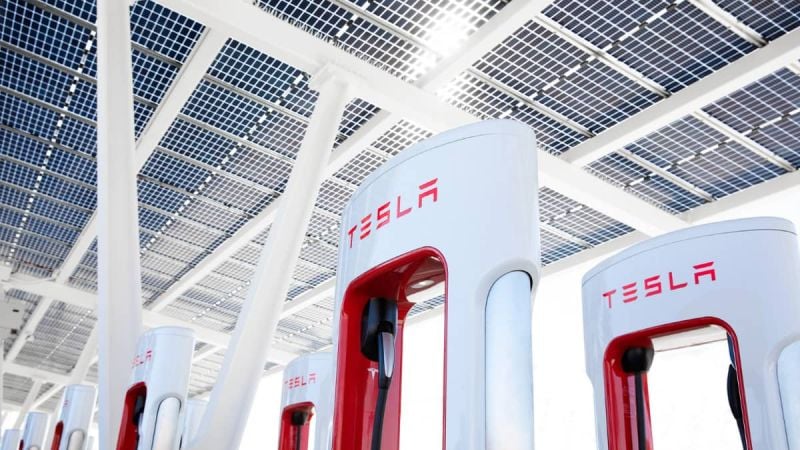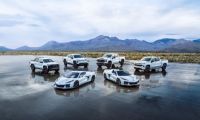Solar energy clearly leads the field of renewables around the world, and in addition to roofs and roofs, it is already expanding into the sea and the countryside through floating panels and solar farms, in some cases called “agri-voltaic”. However, there is still plenty of solar potential in many other places and existing infrastructure is just one example among many different options. Highways, for instance, in fact cover thousands of miles connecting the many towns and cities of each region and country.
In Germany there is already a project that aims to achieve just that. For this, the Germans have created the so-called “energy bands”: these are bands formed by a steel structure that includes support masts every 15 meters. The solar photovoltaic panels that are actually responsible for producing electricity are installed on top of them.
Energiebänder - Stiftung Altes Neuland Frankfurt from Stiftung Altes Neuland Frankfurt on Vimeo.
The Altes Neuland Frankfurt Foundation has developed the project, and argues that if 80% of motorways and 65% of federal highways in Germany were equipped with bi-facial solar panels with a 25% efficiency rate, an impressive 200 TWh could be generated each year (which in turn would make up 35 % of total consumption in Germany as of today). Although the substructure made of steel mesh masts exceeds the costs of conventional substructures, the masts would have a useful life of 100 years and new modules could be added at very little cost, according to its creators.
The idea originally arose from the space requirements for photovoltaics and wind power, and the area required for this is expected to occupy 2.5% of the German federal territory. The power bands are intended as a direct current (DC) system, where a 110 kW high current cable would run underground, and various grid connections would have to be made along the way. The biggest advantage of such a system is that electricity is distributed during production and routed to the right places, connecting metropolitan and industrial areas, ports and airports, etc.
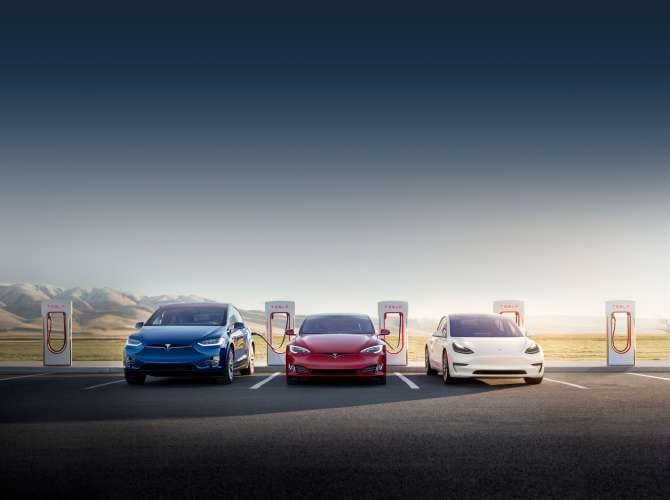
In addition, charging infrastructure for electric cars and trucks has been planned along long-distance routes. The power bands would stretch for hundreds of kilometers, allowing fluctuations in power consumption and generation to be balanced across the system, an additional advantage.
Peter Birkner, a professor at the Bergische Universität Wuppertal specializing in electrical power supply, has been supervising the development of the project and the feasibility study as a member of the scientific advisory board. After careful consideration, he is convinced of the feasibility of the project and emphasizes the importance of assembling an appropriate consortium to initiate development of the first section.
Although it is not known how long it will take to form such a consortium, the authors of the project state that potential investors should not worry, since all the technologies to be implemented are already available on the market and have been thoroughly tested. The foundation claims that the necessary modules, steel pylons and underground cables have been in use for several decades, as a matter of fact.
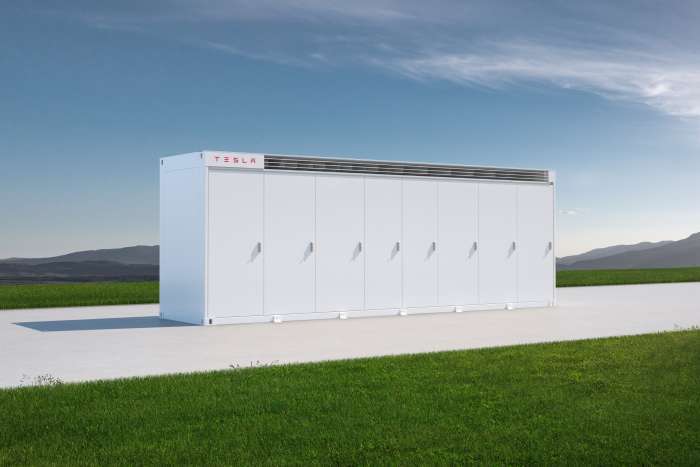
The expansion of energy networks could start on a small scale, without the need for a large infrastructure project and municipalities and private investors could collaborate in the development of small sections that can easily be added later on.
Should Tesla Energy follow the same steps? Would it make sense to have a similar system in the USA, with a combination of Tesla Solar + Megapacks, Powerpacks and Powerwalls? The success of Germany's innovative approach to using highways for solar energy generation could indeed potentially inspire Tesla and other companies to invest in similar projects. In the USA, where vast stretches of highways cover the country, the implementation of such a system could significantly increase solar energy production and contribute to the nation's renewable energy goals.
Solar-powered highways could also provide an excellent opportunity for Tesla to integrate charging stations for its Model Y, Model 3, Model X and S; but even more importantly, for its Cybertruck and Tesla Semi. This way it would be further promoting the adoption of electric vehicles at a dramatic scale and expanding the company's influence in the Eco-friendly transportation market.
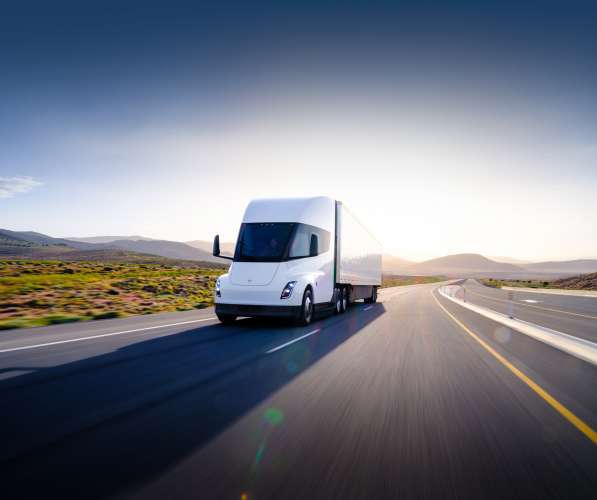
However, before such a project can be implemented in the USA, careful research and feasibility studies would need to be conducted to determine the cost-effectiveness and potential return on investment. The collaboration of local governments, private investors, and renewable energy companies would be essential in determining the best course of action and making the project a reality.
Source: altes-neuland-energie
All images courtesy of Tesla Inc.
Nico Caballero is the VP of Finance of Cogency Power, specializing in solar energy. He also holds a Diploma in Electric Cars from Delft University of Technology in the Netherlands, and enjoys doing research about Tesla and EV batteries. He can be reached at @NicoTorqueNews on Twitter. Nico covers Tesla and electric vehicle latest happenings at Torque News.



